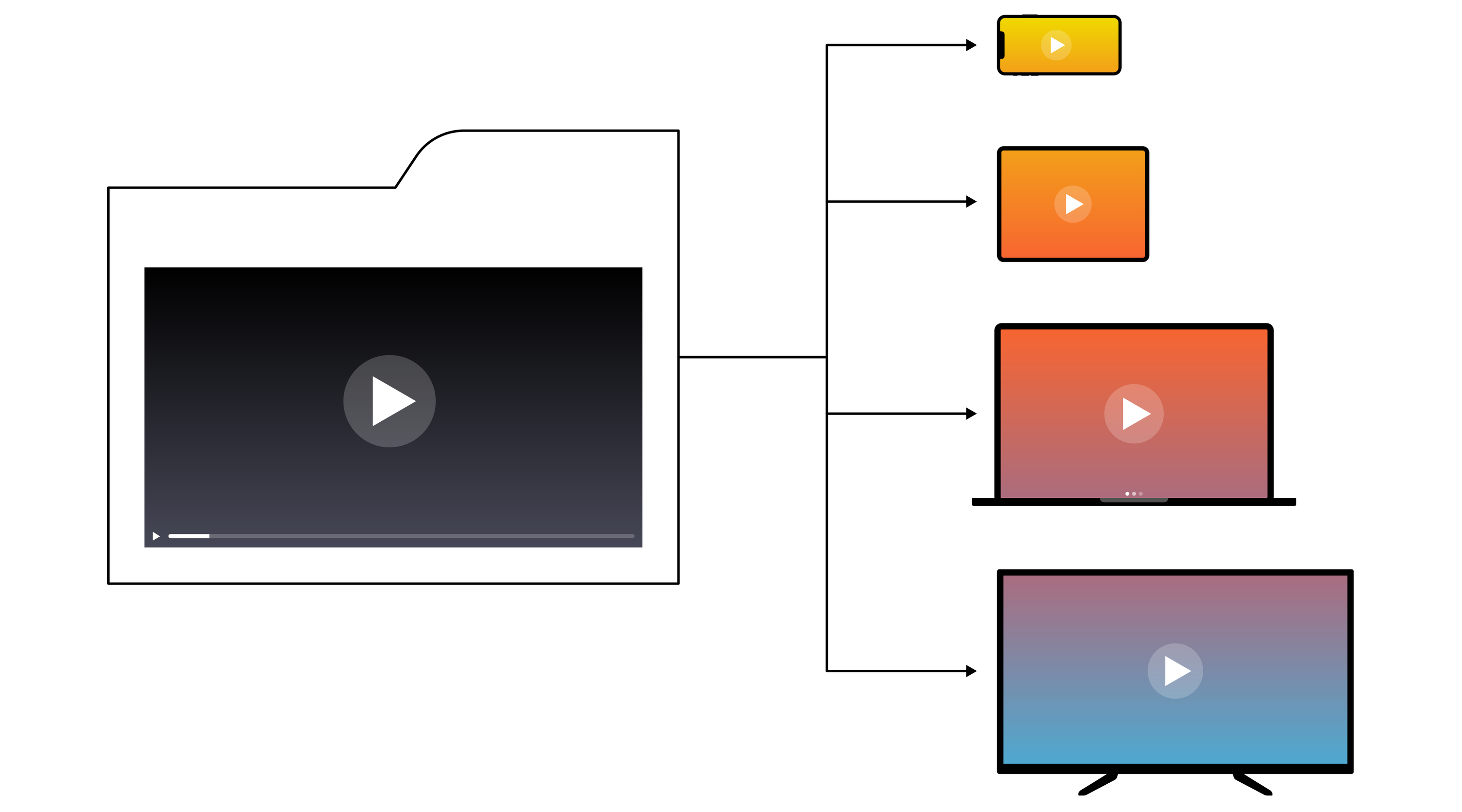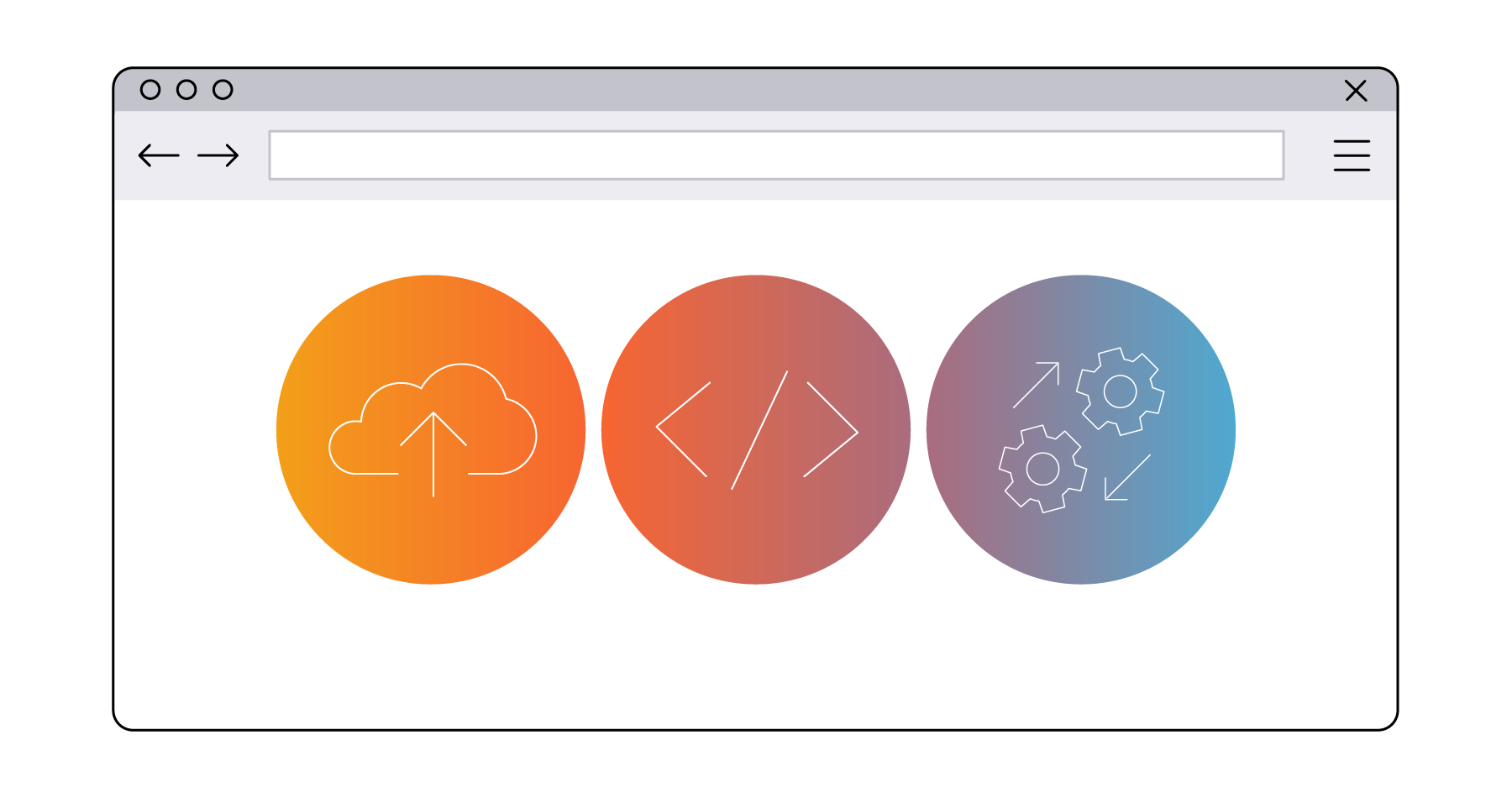2018 Predictions for Video: What to Watch For
Media

I am not a big fan of prediction pieces - those missives that seek to pull a proverbial technology rabbit out of a hat and call out a new trend as it forms. More often than not, authors are off the mark. However, it is worth noting that when these predictions fall off course, it is important to analyze why they missed. Other dependencies, market appetite and conditions, or other factors could have impacted the prognostications.
So fitting then to be at CES 2018, keeping up with the latest announcements and technologies. Voice controlled devices in the Amazon Alexa and Google Home universes appear to be generating big buzz at CES. Amazon and Google are leading the conversation, but there is also no shortage of other cool stuff. Self driving cars from names other than Tesla are popular. I’ve seen television screens that are not only bigger and brighter than you’ve ever seen, but these new models fold up like a sleeping bag or can be made larger or smaller with easily changeable panels.
Whether or not these impressive gizmos will make their way into your work or home life may or may not play out in 2018. But here are a few things to watch for in our space this year and some reasons why they will move the needle along the way.
NFL & Live Streaming
In 2017, we saw the NFL link up with Amazon to stream its Thursday night slate of games. The numbers (and audience) were mixed. The average audience size and time spent viewing numbers were up overall, but the total number of streaming viewers were off from the previous numbers seen when Twitter carried some games in 2016. Still, reach is the overarching goal for both the NFL and the streaming provider, case in point in 2017 was the addition of Spanish and Portuguese language tracks.
Overall, OTT audiences for the NFL on Thursday nights are just three percent of the total who watch. That’s right - broadcast audience on the three letter networks (and NFL Network) still drives the lion’s share of eyeballs. But those numbers are also a product of how the distribution is constructed today. What will 2018 hold?
Well - it appears that the NFL is moving the proverbial goalposts. What if the NFL Thursday night football experience was only available via streaming? That appears to be an option on the table. Late last year, the NFL sought proposals for both broadcast and OTT delivery of their Thursday night games for the upcoming season. Some reports are saying that if the traditional broadcast networks don’t want to pay the NFL’s rates, the NFL could take Thursday night and deliver it exclusively over the top.
What is clear is that the NFL recognizes the need to meet its newest viewers on the devices they choose to consume on. Beginning with the Twitter experiment, through Amazon and onto whatever 2018 will hold, demonstrates that it knows it must embrace OTT. The new proposals encourage delivery providers to think about additional ways to enhance the product and reduce the number of commercials. While interesting, this also presents monetization challenges. If the providers of these streams consider reducing the amount of traditional revenue they can make to offset the licensing costs (via in-stream ads/commercials), where else can they find those dollars? Amazon’s case is easier made, but this isn’t as simple for the rank and file.
Though not in the cards for 2018, it is a fairly safe bet that NFL fans will be able to go directly to the league for both broadcast and streaming packages in the next few years. In 2018 though, a streaming-exclusive Thursday night (meaning no broadcast) could be in those cards, making it an interesting night to watch for many reasons.
5G
You may not notice it nor pay it much attention, but the data speeds available on today’s mobile networks has increased. In 2018, these speeds are expected to make a quantum leap with the rollout of 5G. For the viewer, this means video streams that (hopefully) never buffer, higher video quality, and generally speedy internet surfing and video consumption. In fact, 5G will likely replace existing cable and fiber connections to the home, reducing some of the complexity in getting video en masse to the home.
5G makes LTE look like it is moving in slow motion. Suffice it to say that on average, 5G will be as much as 100 times faster than LTE. Today, the fastest connections we can access as digital consumers lies within the home. This is mostly because your local town or city has established a franchise agreement with one or two service providers (e.g., Verizon, Spectrum, AT&T) to provide service to you. They in turn lay fiber and cable that has provided these big pipes. With 5G, the video viewer, gamer and others will no longer be tethered (literally and figuratively) to that cable or fiber line. Looked at another way, once 5G networks are rolled out where you live, internet access speed will look like the Millennium Falcon does when it hits light speed. Everything will move very fast. Unfortunately, the smartphone in your pocket (or hands) won’t automatically receive a supercharge. Why? Because service providers like AT&T and T-Mobile will need to update some of the physical parts of their network needed to reach you, and you’ll need a new antenna installed to receive these new 5G signals.
This is great news for video, those of us who help it reach the masses, and for the masses of video viewers everywhere. This isn’t to say that 5G is the end of the road and that we will be at maximum growth and innovation. Far from it. This is just another spot on the highway of innovation, but one of the more exciting mile markers to pop up in some time. 2018 will be remembered as the beginning of the ultra fast on-ramp to the internet. All hail 5G.
Digital Rights Management (DRM)
Until recently, most streaming content wasn’t dependent on DRM, unless it fell into the feature length studio bucket - full length movies. However, as OTT content, delivery, and consumption becomes more ingrained in our daily lives, and media intake, more broadcasters and content creators are requiring that the streams are protected by DRM, whether they are live or on-demand.
Applying DRM to both live and on-demand content has come a long way since the dawn of streaming. The packaging element adds just a bit more than a second as part of the process and secures the content from bad actors, who seek to intercept a viewer’s stream, recreate it and offer it up to other viewers for free elsewhere. And with the multitude of screens on which viewers everywhere are watching streamed content, the toolset of PlayReady, Widevine, and FairPlay has made not only the preparation sensible, but also the access, authentication and delivery. Many of our broadcast customers who would never have given DRM consideration just a few years ago are now mandating that it be incorporated into their video processing workflows. It is hard to say whether this will apply to all content in 2018, but it is a fair assessment to say that premium content from most broadcasters and programmers will require DRM in the new year.
CES never disappoints with its look at the future of gadgets we may see in our homes. Just a few years ago, it seemed attendees awkwardly talked to voice assistants. This year, that technology is built into nearly everything you see on the show floor. It is also being used to interact with video experiences as well on both the Alexa and Google Home/Chromecast platforms. Expect more of that in 2018, too. Now that I think of it, wouldn’t it be easier to say, ‘Alexa, what are the biggest video trends in 2018?’ One of these years, we will….


